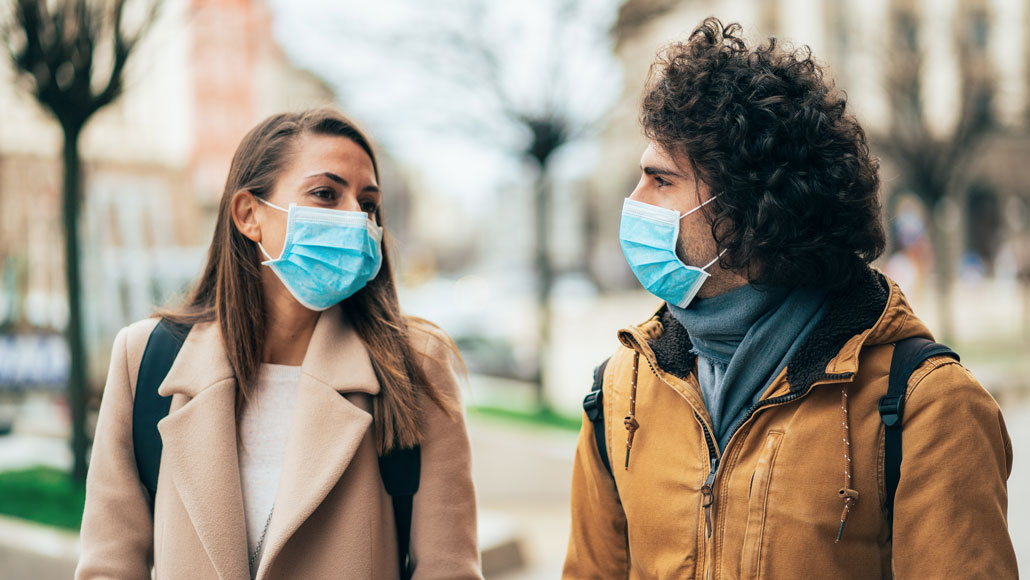Just breathing or talking may be enough to spread COVID-19 after all
Experts had said that the virus spreads only through large droplets from a cough or sneeze

Talking and breathing may spread the coronavirus through the air, an expert analysis indicates. That may mean that people need to wear masks to avoid infecting others.
filadendron/E+/Getty Images plus








